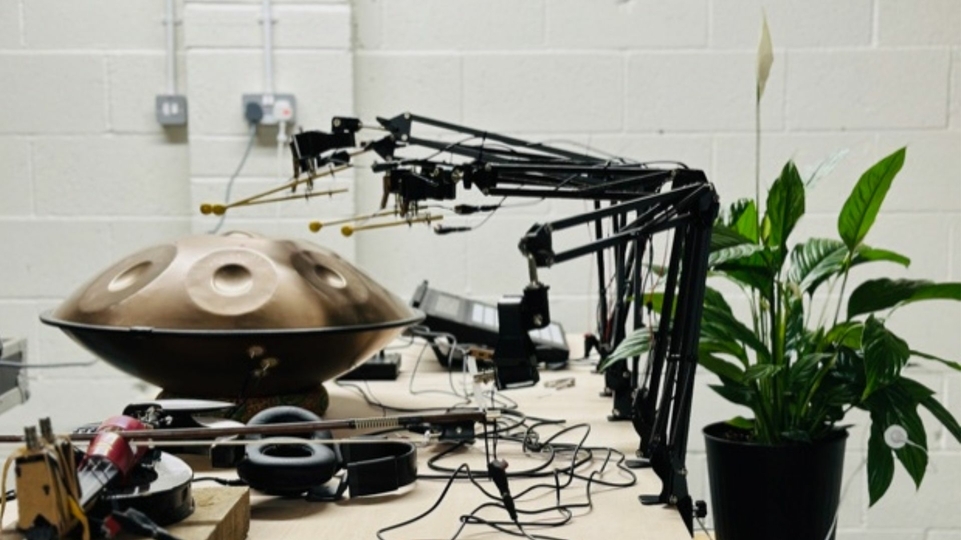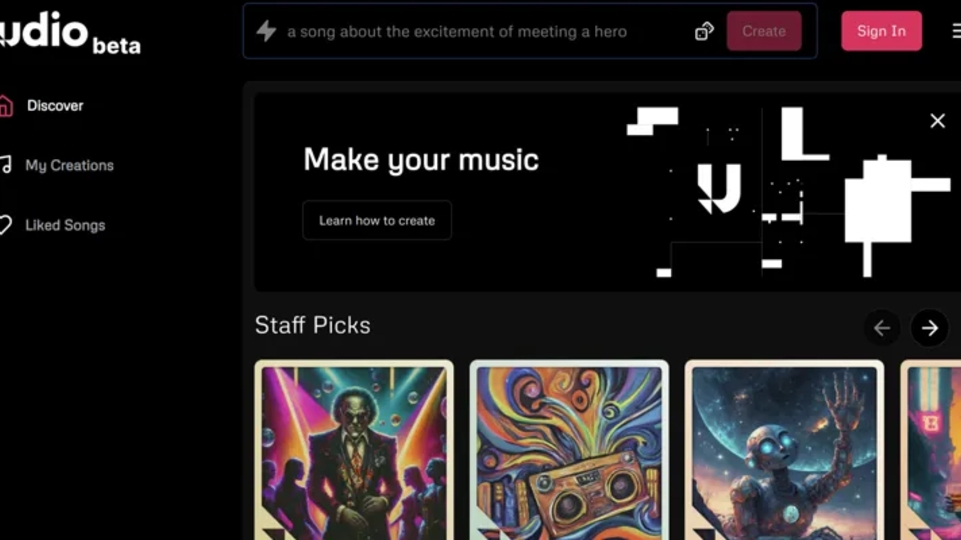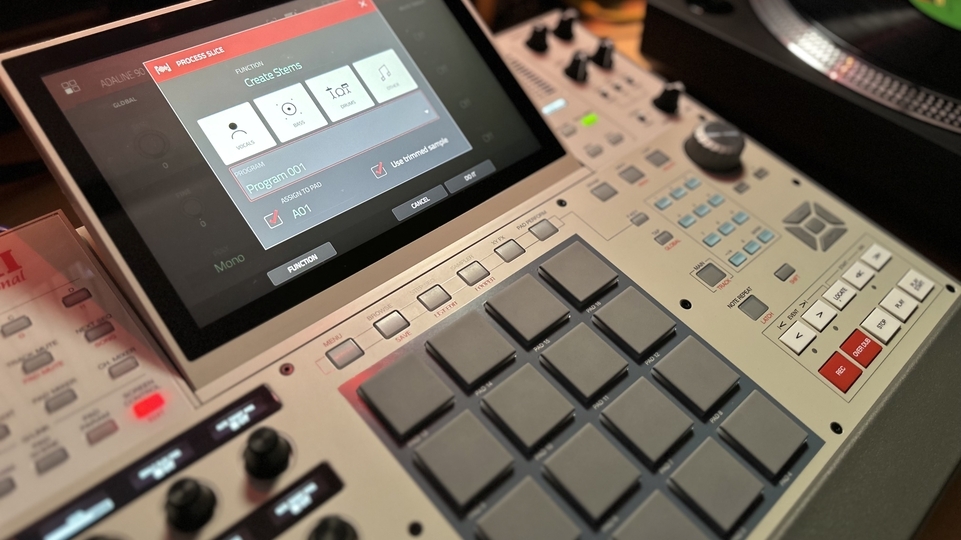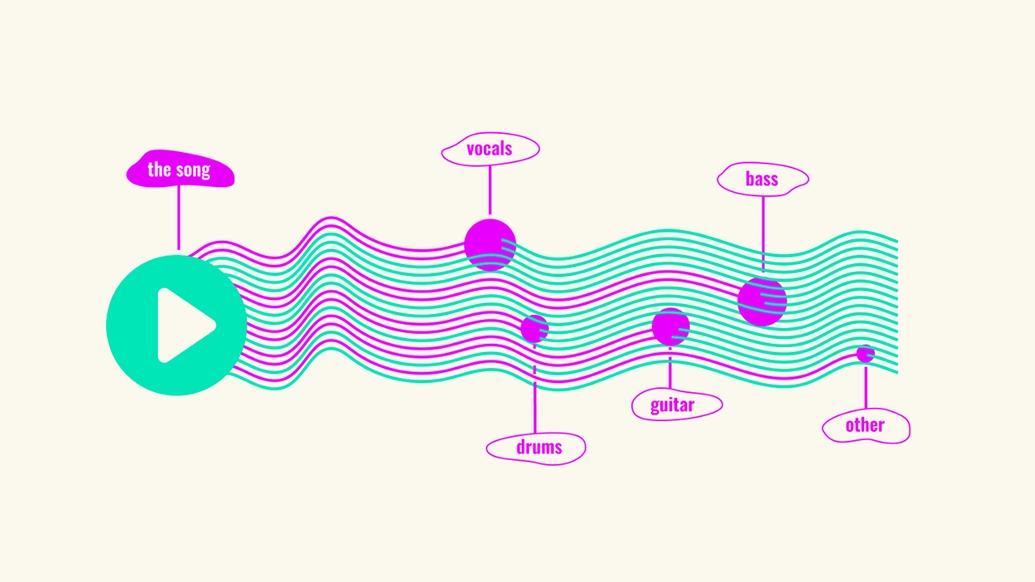
Five ways to separate acapellas and stems in 2021
There’s been an explosion of tools for extracting stems in recent years. DJ Mag’s digital tech editor Declan McGlynn outlines five of the best below
After being the holy grail for producers and DJs for decades, over the past few years, it’s become easier than ever to separate stems from a full, mixed down stereo track. Stems are the name given to individual parts of a song that make up the complete track, like drums, bassline, vocals, hi-hats, snare, synth pads, etc. Up until recently, it was near impossible to extract a vocal, for example, from a mixed track. Some techniques — like phase reversing the instrumental with the vocal version — made it possible, but you had to have access to an instrumental and the results varied from track to track.
Technological developments in recent years — largely based around AI and machine learning — have meant that it’s now possible for software to identify certain elements of a track and mute them, or solo them, sometimes in real-time. It’s a huge development and not only is it big news for DJs and producers looking for ways to get instant acapellas from their favourite tracks, or to sample just the drums without owning the parts. It’s also led to some more advanced tech developments like the ability to ‘upmix’ old music whose tapes have been lost, warped or degraded so they can’t be used. Wired wrote an article about this back in March.
It’s also triggering a mass conversion of older stereo tracks into Apple’s Spatial Audio format, priming and preparing music catalogues for the future of audio listening.
Last month, Kanye West released a piece of hardware that was designed to be able to mix his new album DONDA from the stereo files, using touch-sensitive faders on the device. While, initially, it seemed the stems were loaded onto the hardware, it turned out that the device was using the same AI stem separation technology that’s been popping up across the net, and it’s possible to load any song onto the device and have its stems split automatically.
For most producers and DJs though, being able to reach in and grab your favourite stems almost instantly is a very exciting create prospect. We explore five of the best ways to split stems below. There are of course many more tools including Hit'n'Mix, Xtrax Stems and Steinberg's SpectraLayers Pro 8, to name just a few.


Developed by French streaming company Deezer, Spleeter is an open-source algorithm that gathered a lot of attention when it was first released back in 2019. According to the GitHub, it’s been used in some form across various other apps including VirtualDJ, Algoriddim djay and iZotope but it’s unclear whether any of them are still using it today. However, being open-source, it goes a long way to explaining the sudden appearance of AI-driven stem separation tools on the market across DJing and production tools. While there’s no immediate GUI to split your stems, we thought we’d include it in case any coders out there want to implement it in their own software, and because it is (or was) the backbone of some other recent AI stem tech.
Alternatively, Ableton Live users can take advantage of the tech right in their DAW via artist Azuki, who turned the code into an Ableton Device. You can get it on her Bandcamp for $5. Shoutout to our Discord users for pointing that one out.


iZotope’s RX plugin features a Music Rebalance feature lets you export up to four stems from any track. Originally, it was designed to let you rebalance a mix from a finished stereo file, but it didn’t take long for producers and DJs to start using it to extract whole parts from songs. As we mentioned, it was also originally based on Spleeter’s algorithms, but has since been tweaked and improved in RX8. Music Rebalance features four stems, with volume sliders and solo buttons for each, with bass, vocals, percussion and other being the four stem options. There’s also a stem separation slider to dictate how much overspill there is with the artefacts that are inevitably created by this type of separation.
While you can preview your work in real-time, it requires offline bouncing — i.e. you have to press process and wait — for the stems to be separated. There’s also a quality drop down to dictate the quality, with Good, Better and Best — each one taking longer to process.
Of course, you can always use it for what it was originally designed for, and subtly tweak a finished mix without the project files, or increas a vocal level for a radio edit. Super handy. Check RX8 here, and watch the video below to hear their stem separation in action.
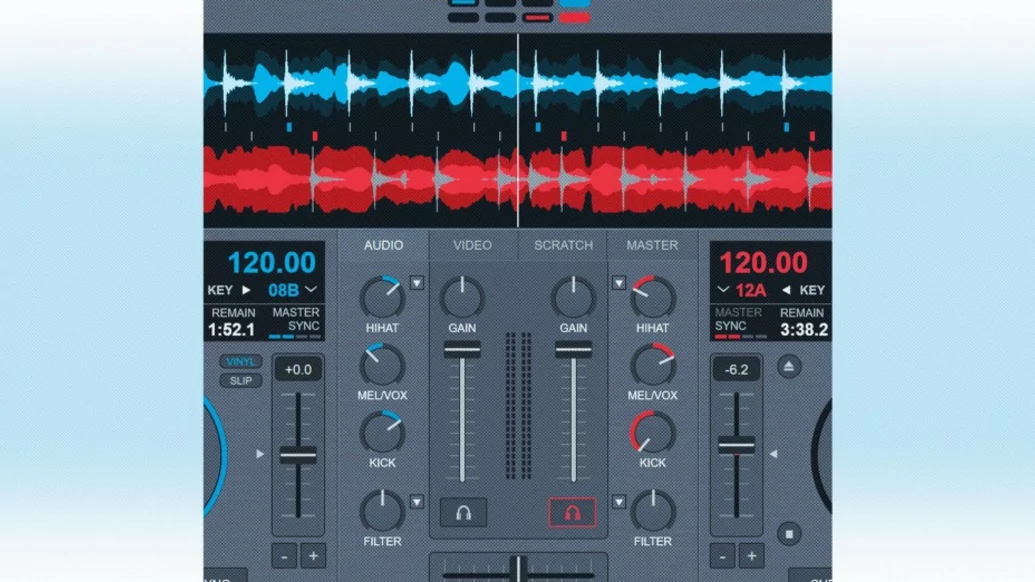

VirtualDJ introduced their stem separation tool in 2020 to industry applause — including from DJ Mag. Using the Spleeter algorithm, they turned the three-band EQ knobs in their software’s mixer into a stem mixer, letting you isolate vocals, drums, and instruments in real-time, inside a DJ performance software. Simply by loading a track from your library — or Beatport LINK if you have it — you can get access to any acapella you can imagine, if you have the original track. Given VDJ’s key matching and sync buttons, it means you can very quickly grab a vocal from Beatport and get it into your set/matching with the playing track in less than 30 seconds.
As VDJ has four decks, you can use deck one and two as normal, while using three and four for stem separation, with acapellas, drums, and any other tools you can think of. Hear it in action in our video below. As always, expect artefacts, but within a mix, especially with three other decks, it’s definitely usable. And best of all... it’s free! Download it here.
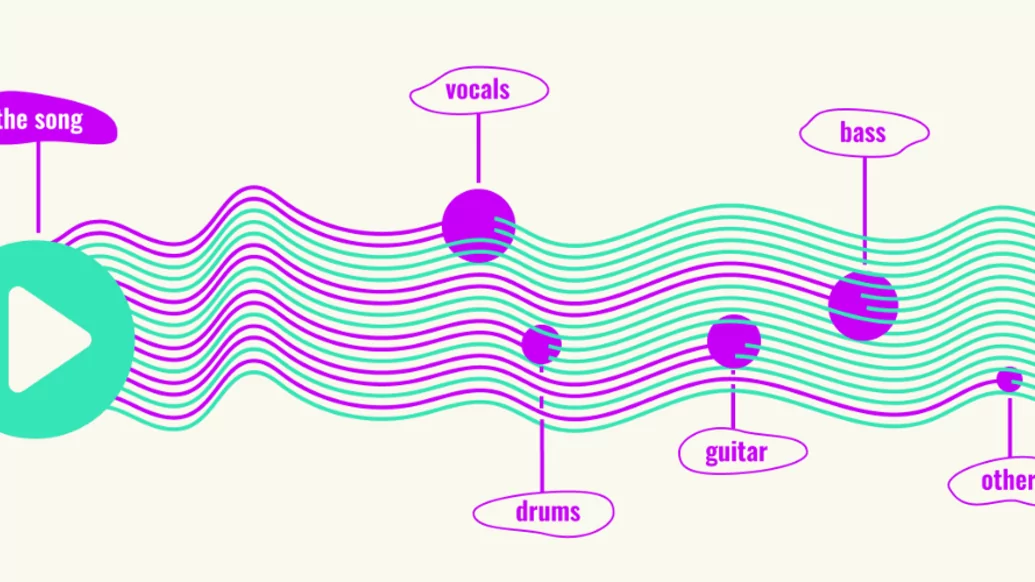

Having recently won Sony’s Music Demixing Challenge, Audioshake is quickly building a high-end client base for its stem separation algorithms that it calls ‘best-in-class’. Sony, digital distributors CD Baby and other music bigwigs like Downtown and Hipgnosis agree, and they’re all clients of Audioshake. Sadly, it’s not for everyone — so powerful is their tool that you have to prove you own the rights to a song or catalogue before they’ll let you have access. But we’re told they’ll be launching something for indie artists and producers next year. Unlike Spleeter’s algorithm, they’ve also managed to let users split out just the guitar from a track, although that’s currently an experimental feature.
According to their website, their services are being used in everything from Spatial Audio upmixing to separating music and sound inside AR and VR worlds, social media music experiences and adaptive music that transforms with your activity and mood. Expect this tech to grow and grow in the next 12 months.
Judging by the audio examples, it’s by the far the cleanest separation, so we’re excited to see what new tools they come up with once it is opened up to everyone. Read their whitepaper here and watch the demo below.


Lalal.ai is a browser-based stem separation tool, where users can upload any track and split the parts without having to download any software. It offers the usual four parts outlined in other examples above, and uses their own Cassiopeia machine learning algorithm. According to Lalal.ai, Cassiopeia “contains an advanced accounting mechanism for the phase component of the input signal and generates the phase for the output signal. Because of that, it’s possible to get rid of a significant portion of audio artifacts.” They’re so confident in its ability they pit it against Spleeter in their whitepaper, if you want to know more.
It offers three price tiers — free, where you can get up to 10 minutes of stem separation, with 50mb file size limit and limited formats. Lite is a $10 one-off payment and gives you 90mins, 2GB upload and lossless as well as MP3 and other formats. Pro — a $20 one-off payment — gives you 300mins of stem separation. It’s also possible to license their API if you like what you hear. Find out more on the Lalal.ai website and listen to the examples below.
